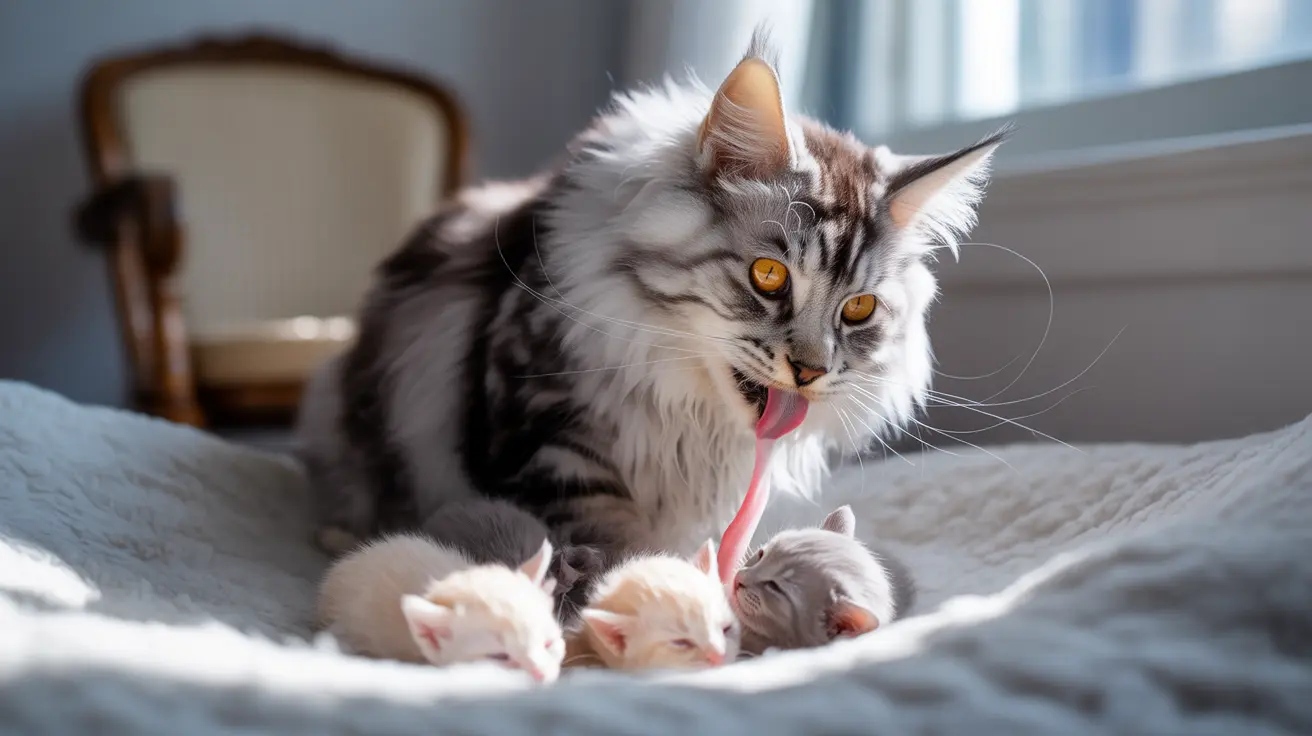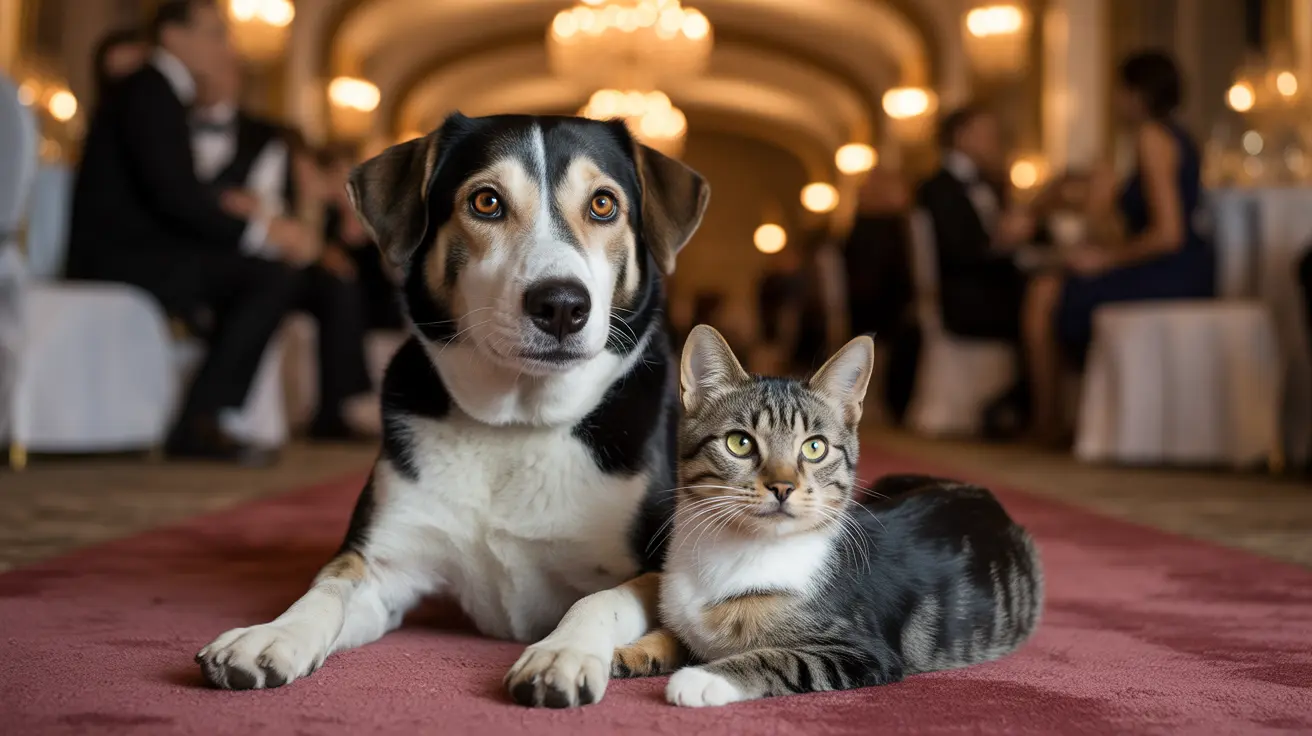For cat owners awaiting the arrival of kittens, understanding what to expect during labor is crucial. Unlike humans, a cat's water breaking is often subtle and easy to miss. This comprehensive guide will help you recognize the signs of your cat's labor and know when veterinary intervention might be needed.
While many people expect a dramatic gush of fluid when a cat's water breaks, the reality is quite different. Each kitten comes in its own amniotic sac, making the process much more discrete than human childbirth.
Understanding Feline Amniotic Fluid
When a cat's water breaks, you may notice a small amount of clear, greenish, or pink-tinged fluid from the vulva. However, most queens (mother cats) clean this fluid so quickly that owners often miss it entirely. Each kitten is enclosed in its own amniotic sac, which usually remains intact until birth.
The amount of fluid is typically minimal because:
- Each kitten has its own separate sac
- The queen rapidly grooms away any discharge
- Many kittens are born with their sacs intact
Signs That Labor Is Beginning
While watching for your cat's water to break, you'll likely notice these more obvious signs of approaching labor:
Behavioral Changes
- Restlessness and pacing
- Excessive grooming, especially around the vulva
- Nesting behavior
- Changes in vocalization
- Seeking isolation or becoming more clingy
Physical Changes
In the 24 hours before labor begins, you may notice:
- Decreased appetite
- Body temperature dropping below 100°F
- Enlarged mammary glands
- Mild vulvar discharge
Normal vs. Abnormal Discharge
Understanding the difference between normal and concerning discharge is crucial for your cat's safety:
Normal Discharge
- Clear fluid
- Light pink-tinged fluid
- Slightly greenish fluid (when accompanied by a kitten)
Abnormal Discharge (Requires Immediate Vet Care)
- Brown discharge
- Yellow discharge
- Black discharge
- Red or heavily blood-tinged discharge
- Foul-smelling discharge
When to Contact Your Veterinarian
Call your veterinarian immediately if you observe:
- Strong contractions lasting more than 30 minutes without producing a kitten
- More than 4 hours from the start of active labor without a kitten
- More than 2 hours between kittens
- Any abnormal-colored discharge before kittens appear
- Signs of maternal distress
Frequently Asked Questions
What does a cat's water breaking look like during labor?
A cat's water breaking typically appears as a small amount of clear, greenish, or pink-tinged fluid from the vulva. Unlike humans, there isn't usually a large gush of fluid because each kitten has its own amniotic sac.
Is it normal for a cat's water to break without a large gush of fluid?
Yes, it's completely normal. Cats rarely experience a large gush of fluid because each kitten is in its own separate amniotic sac, and the queen usually cleans any discharge quickly.
What color of discharge around a cat's labor indicates a medical emergency?
Brown, red, yellow, or black discharge before a kitten appears indicates a medical emergency. Also, any foul-smelling discharge or heavy bleeding requires immediate veterinary attention.
How can I tell if my cat is in labor besides seeing her water break?
Look for signs like restlessness, nesting behavior, decreased appetite, frequent grooming of the genital area, and vocal changes. These behavioral changes are often more reliable indicators than waiting to see fluid.
When should I call a vet if I notice fluid leaking from my pregnant cat?
Call a vet immediately if you notice abnormally colored discharge (brown, red, yellow, or black), if there's heavy bleeding, or if your cat shows signs of distress. Also seek veterinary care if active labor continues for more than 30 minutes without producing a kitten.






